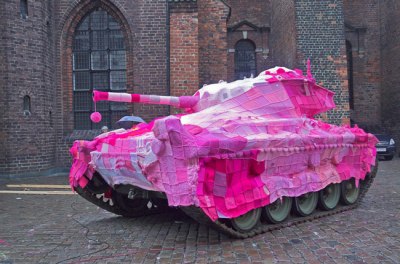Slow architecture
From Wikipedia, the free encyclopedia
Slow Architecture is building a building slowly and gradually
as opposed to building it all at once.The resulting building
usually is far more cost efficient than that of a traditional
building.Governments and companies can use this building
method to cut down on costs.
The term Slow Architecture is also used in a broader context,
not limited to one building.'The use of the characteristics of
the existing will maintain a strong bond between a building,
its environment and society. The present environment is the
result of a string of aspects that
together keep the process alive of which the present is the result.
The use of the context will make it possible to maintain local
traditions in building and create unique images. Not to preserve
history, but to give new developments a place in a continuous
proceeding process.'








